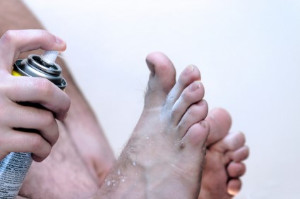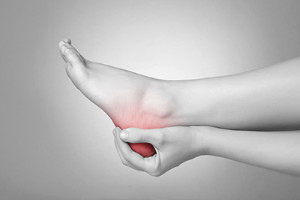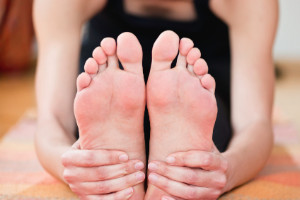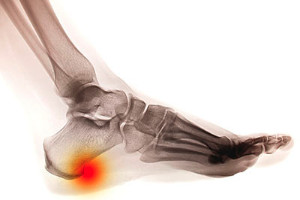 The area of the feet that athlete's foot impacts is generally between the toes, and on the sole of the foot. It is considered to be a fungal infection, and can be extremely contagious. This type of fungus lives and thrives in warm and moist environments, and can typically be found in public swimming pools, shower room floors, and surrounding areas. Patients who have experienced athlete’s foot often notice a red and itchy rash, and in severe cases, blisters may develop as well. Relief may be found in mild cases when an antifungal powder or cream is applied. Additionally, it is beneficial to wear appropriate shoes while in these types of places, which can help to prevent the spreading of athlete’s foot. If you are afflicted with this condition, please consult with a podiatrist who can prescribe the correct medication for you.
The area of the feet that athlete's foot impacts is generally between the toes, and on the sole of the foot. It is considered to be a fungal infection, and can be extremely contagious. This type of fungus lives and thrives in warm and moist environments, and can typically be found in public swimming pools, shower room floors, and surrounding areas. Patients who have experienced athlete’s foot often notice a red and itchy rash, and in severe cases, blisters may develop as well. Relief may be found in mild cases when an antifungal powder or cream is applied. Additionally, it is beneficial to wear appropriate shoes while in these types of places, which can help to prevent the spreading of athlete’s foot. If you are afflicted with this condition, please consult with a podiatrist who can prescribe the correct medication for you.
Athlete’s Foot
Athlete’s foot is often an uncomfortable condition to experience. Thankfully, podiatrists specialize in treating athlete’s foot and offer the best treatment options. If you have any questions about athlete’s foot, consult with one of our podiatrists from Westside Podiatry Center, LLP. Our doctors will assess your condition and provide you with quality treatment.
What Is Athlete’s Foot?
Tinea pedis, more commonly known as athlete’s foot, is a non-serious and common fungal infection of the foot. Athlete’s foot is contagious and can be contracted by touching someone who has it or infected surfaces. The most common places contaminated by it are public showers, locker rooms, and swimming pools. Once contracted, it grows on feet that are left inside moist, dark, and warm shoes and socks.
Prevention
The most effective ways to prevent athlete’s foot include:
- Thoroughly washing and drying feet
- Avoid going barefoot in locker rooms and public showers
- Using shower shoes in public showers
- Wearing socks that allow the feet to breathe
- Changing socks and shoes frequently if you sweat a lot
Symptoms
Athlete’s foot initially occurs as a rash between the toes. However, if left undiagnosed, it can spread to the sides and bottom of the feet, toenails, and if touched by hand, the hands themselves. Symptoms include:
- Redness
- Burning
- Itching
- Scaly and peeling skin
Diagnosis and Treatment
Diagnosis is quick and easy. Skin samples will be taken and either viewed under a microscope or sent to a lab for testing. Sometimes, a podiatrist can diagnose it based on simply looking at it. Once confirmed, treatment options include oral and topical antifungal medications.
If you have any questions, please feel free to contact one of our offices located in Liverpool, Camillus, Skaneateles, Oswego, and Cicero, NY . We offer the newest diagnostic and treatment technologies for all your foot care needs.





